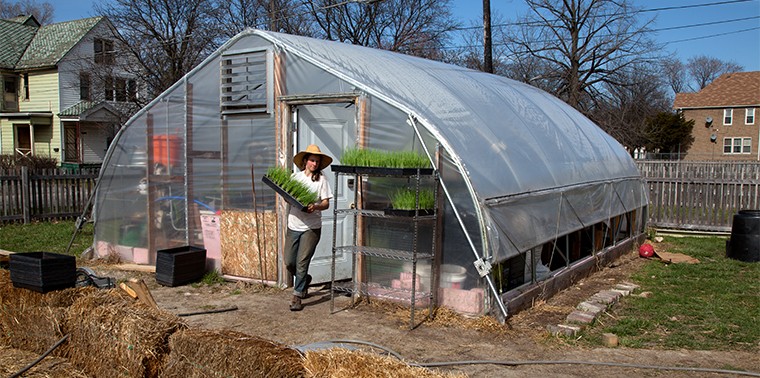City-based agriculture produces 15 to 20 percent of food globally. In the U.S., its benefits go far beyond nutrition.
That researchers are even bothering to quantify the amount of food produced on tiny city farms — whether community gardens, like those of Camden and Philly is testament to the nation’s burgeoning local-foods movement and its data-hungry supporters. Young farmers are, in increasing numbers, planting market gardens in cities, and “local” produce (a term with no formal definition) now fills grocery shelves across the U.S., from Walmart to Whole Foods, and is promoted in more than 150 nations around the world.
The Food and Agriculture Organization of the United Nations reports that 800 million people worldwide grow vegetables or fruits or raise animals in cities, producing an astonishing 15 to 20 percent of the world’s food. In developing nations, city dwellers farm for subsistence, but in the U.S., urban ag is more often driven by capitalism or ideology.
The U.S. Department of Agriculture doesn’t track numbers of city farmers, but based on demand for its programs that fund education and infrastructure in support of urban-ag projects, and on surveys of urban ag in select cities, it affirms that business is booming. How far — and in what direction — can this trend go? What portion of a city’s food can local farmers grow, at what price, and who will be privileged to eat it? And can such projects make a meaningful contribution to food security in an increasingly crowded world?

